Research from Princeton University's Neuroscience Institute reveals that visual clutter forces your brain to work overtime, with multiple objects competing for neural representation and gradually fatiguing your cognitive functions.
Minimal, distraction-free stationery offers a scientifically validated path to enhanced focus, with organized workspaces boosting productivity by up to 77% while reducing stress hormone levels by 27%.
At Alcove and Nib, we seek stationery designed not to impress others but to serve you faithfully. With tools that prioritize the quality of your thinking over visual novelty.
The science of distraction
Cognitive Load Theory identifies how your brain allocates its limited working memory. Visual clutter creates "extraneous cognitive load" i.e. mental effort wasted on filtering irrelevant stimuli. Professor Sabine Kastner's twenty years of attention research at Princeton shows that multiple objects in your visual field force your brain to work harder suppressing them, causing measurable fatigue.
The numbers are compelling. Research using fMRI brain scans demonstrates that organized spaces increase activity in the prefrontal cortex—your brain's command center for focus. Harvard studies show managing visual distractions optimizes productivity by 32%. Employees transitioning from busy to minimal environments experienced a 16.9% performance increase.
Minimal stationery extends these principles to tools you touch dozens of times daily. A clean-lined notebook, a pen with purposeful weight, a ruler with only needed measurements—these choices reduce continuous demands on your visual processing, freeing attention for what matters: your ideas, words, creations and solutions.
Function drives lasting design
When Gerd A. Müller designed the LAMY 2000 fountain pen in 1966, he followed Bauhaus principles: no surplus materials, no design gadgets, only pure functionality. Nearly sixty years later, the design remains unchanged—brushed polycarbonate body with hooded 14k gold nib, every element serving multiple purposes.
Kaweco's Sport pen exemplifies this balance. Dating to 1911 with the motto "small in the pocket, great in the hand," its compact 4.2-inch closed length fits any pocket, yet becomes full-sized when posted. The octagonal facets prevent rolling. The 46-gram weight helps the pen press gently onto paper, reducing effort during extended writing.
Nielsen Norman Group emphasizes that "user attention is a precious resource."
When stationery demands no decisions. When the pen simply works, paper accepts ink cleanly, and notebooks open flat, you preserve mental energy for decisions that matter.
Tools that improve with age
Premium materials develop "patina"—the visible record of honorable use. Raw brass darkens from gold to bronze, creating a protective layer unique to your handling. Full-grain leather absorbs oils and develops deeper tones where you touch it most. These transformations prove the item was chosen for use, not preservation.
The Traveler's Company notebook system demonstrates this philosophy. Hand-made leather covers begin as neutral canvases that become distinctly yours through daily interaction. The company describes it perfectly: "Imagine the beautiful appearance ten years from now."
Heritage brands understand this responsibility. Clairefontaine has manufactured paper at the same French mill since 1512. Rhodia, founded in 1932, continues using 80-gram vellum specifications unchanged for over ninety years. This institutional knowledge and understanding of how paper should feel and age, cannot be rushed or replicated.
The focus crisis and minimal solutions
Research shows 92% of employers identify lost focus as an alarming organizational problem, with 80% of employees are unable to maintain concentration for even one hour. Open-plan offices paradoxically decreased face-to-face interaction by 70% while increasing stress.
Choosing quality stationery becomes an investment in clear thinking. A notebook with fountain pen-friendly paper provides hundreds of future hours free from ink bleed-through distractions. A pen that develops patina offers decades of reliable service from a tool that becomes more meaningful over time.
The paradox of minimalism: less often costs more initially but delivers greater value over time. A Kaweco Sport or a Tom's Studio pen represents perhaps fifty disposable pens while developing smooth writing action through regular use. An MD Paper notebook with acid-free paper ensures your notes remain legible decades hence.
Conclusion
Minimal stationery offers tools that disappear into service. Scientific evidence confirms that reducing visual noise and choosing quality materials creates measurable cognitive benefits: increased prefrontal cortex activity, decreased cortisol levels, double-digit productivity gains.
At Alcove and Nib, we value quality materials that darkens into your unique patina, leather that softens to your grip, paper that accepts fountain pens without complaint fifty years from now. These represent deliberate choices for long partnership—tools selected to be used hard and loved well.
Your attention is finite. Your thoughts deserve better than fighting through visual clutter and disposable implements. Choose stationery that chooses you back—minimal in distraction, maximal in devotion to supporting your best thinking.
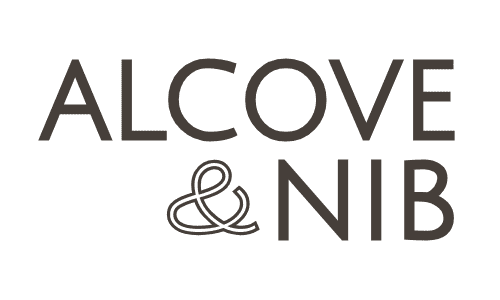
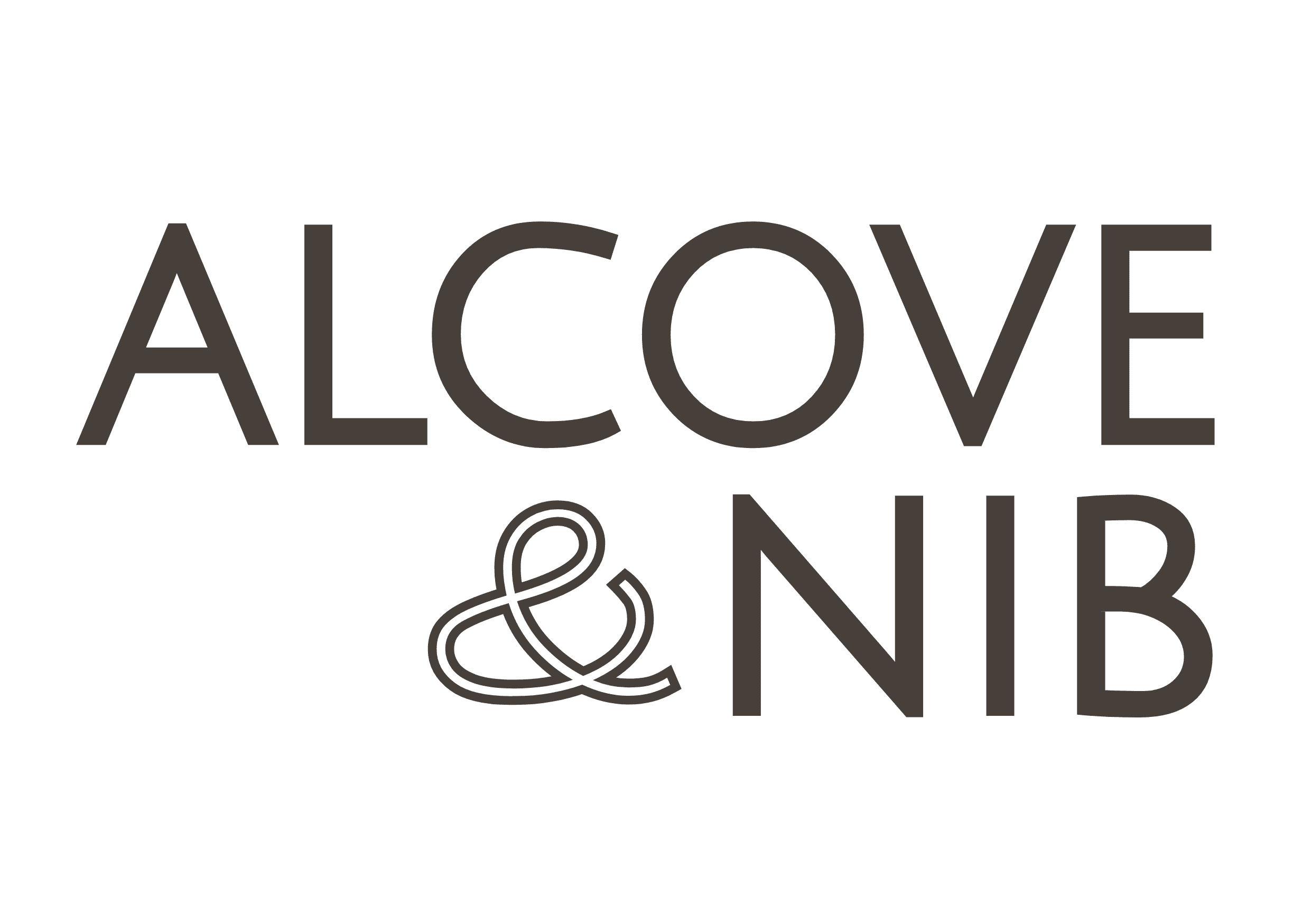
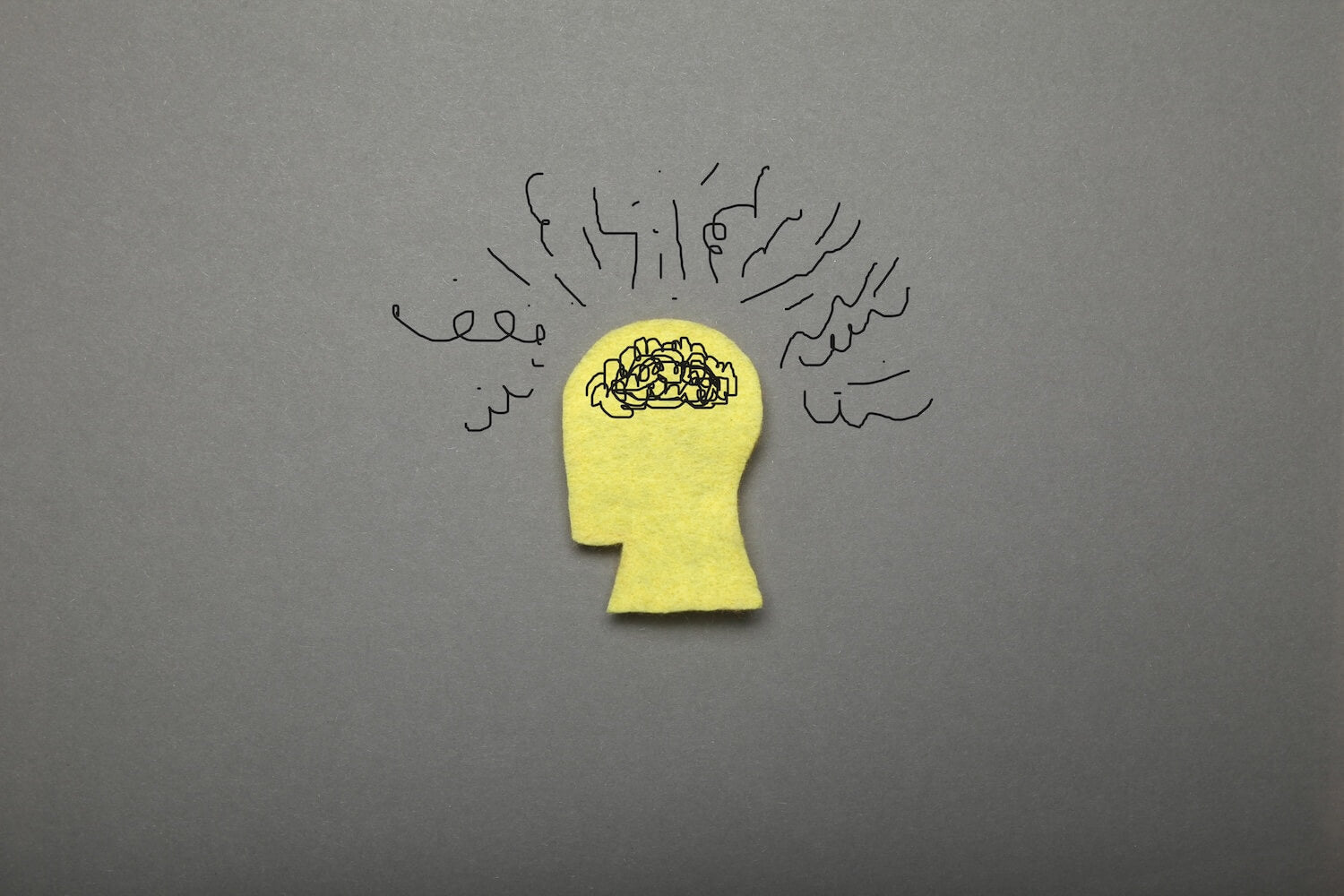




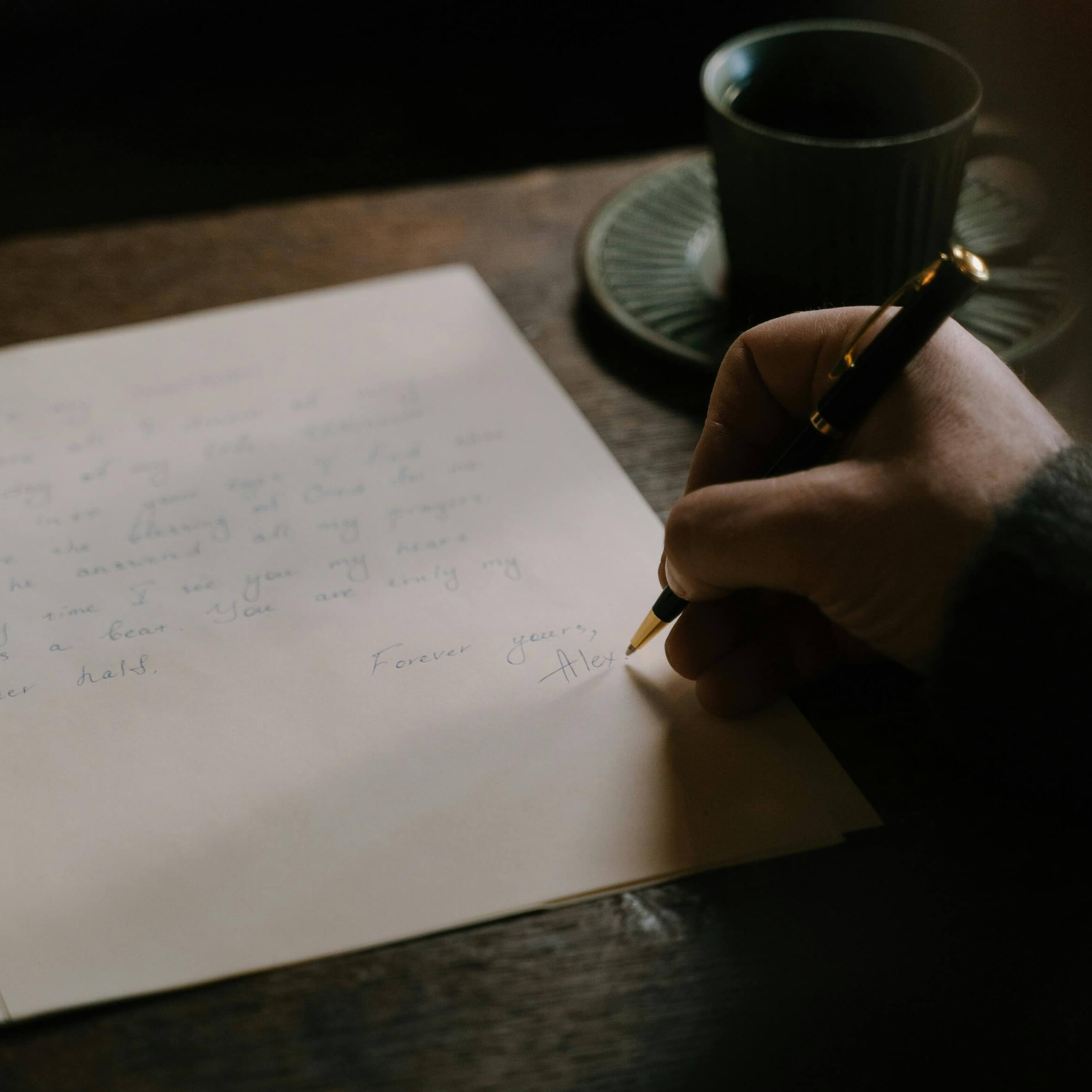
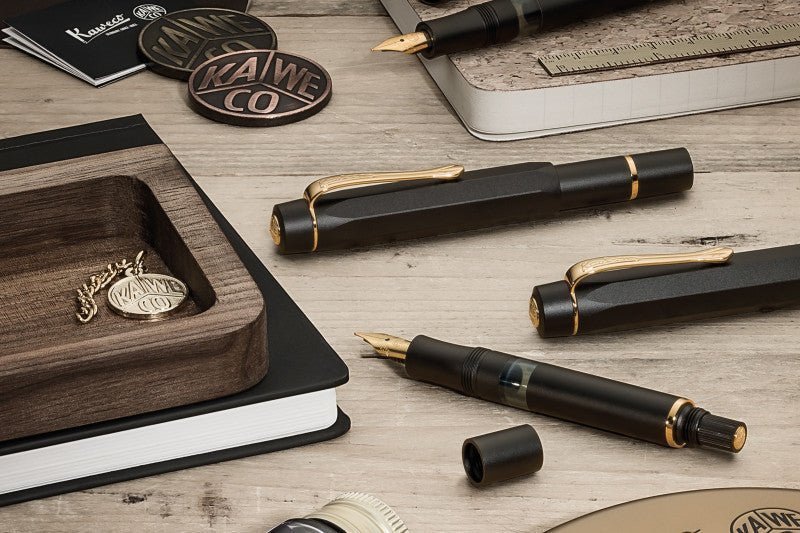
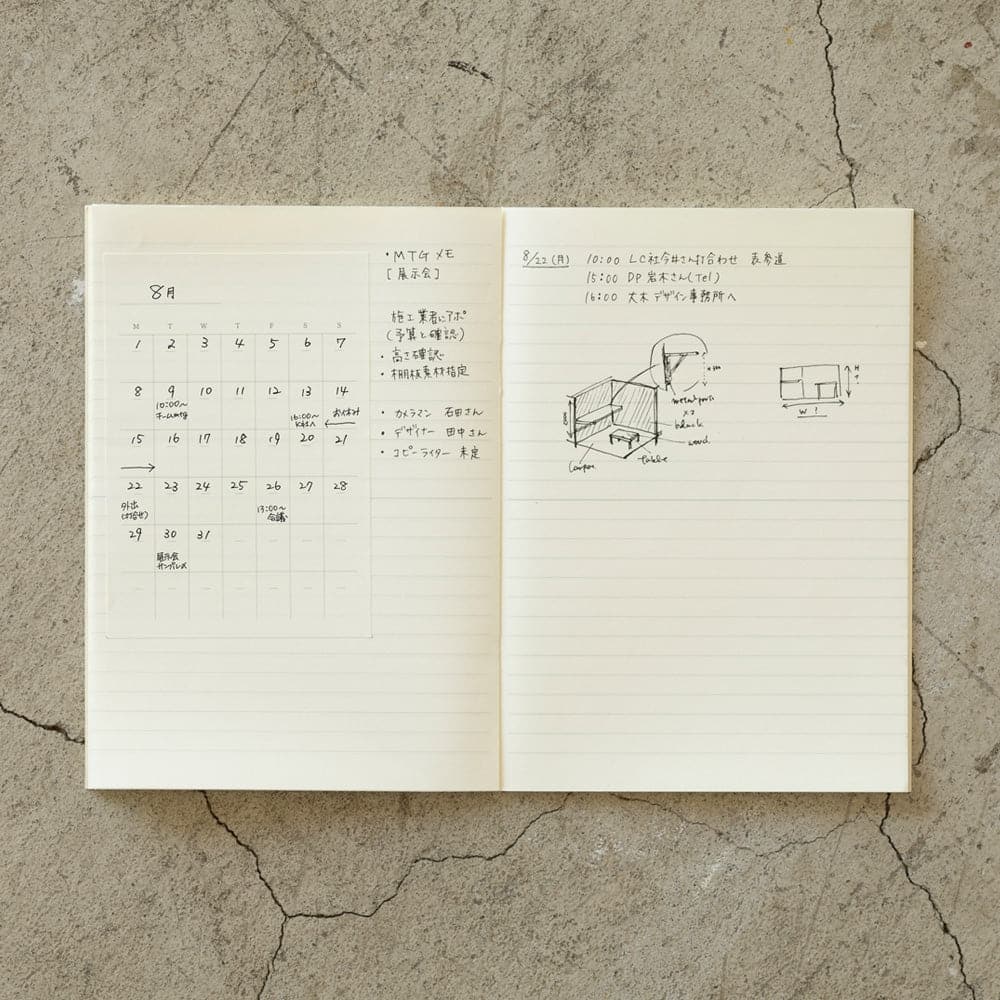
Share: